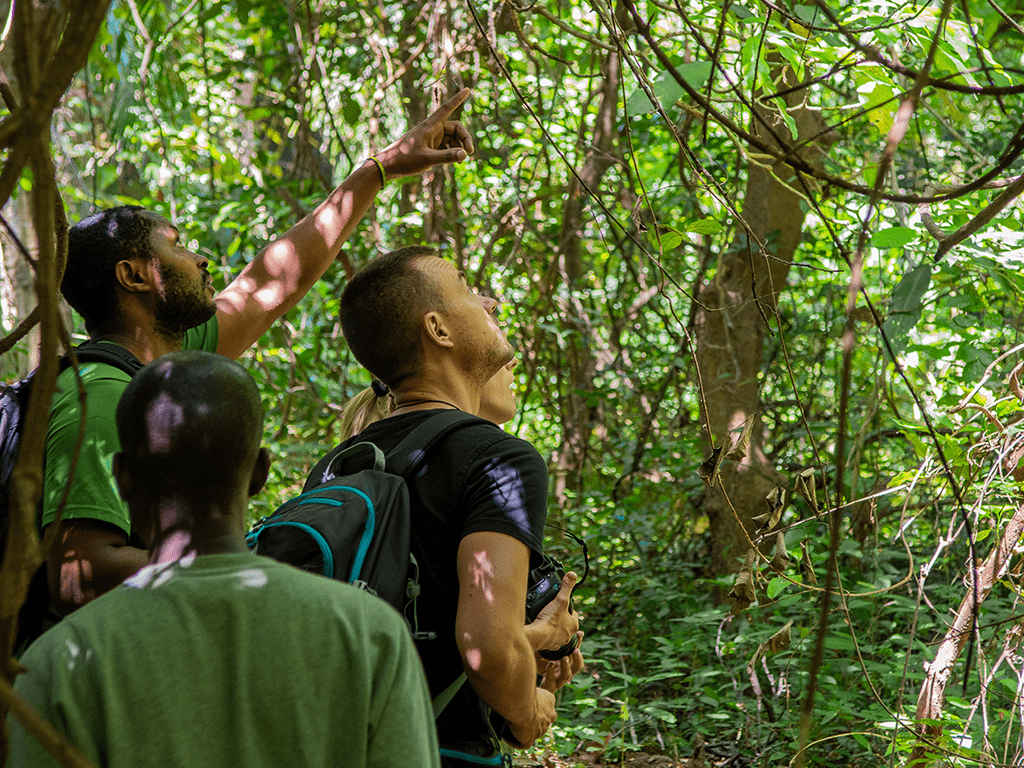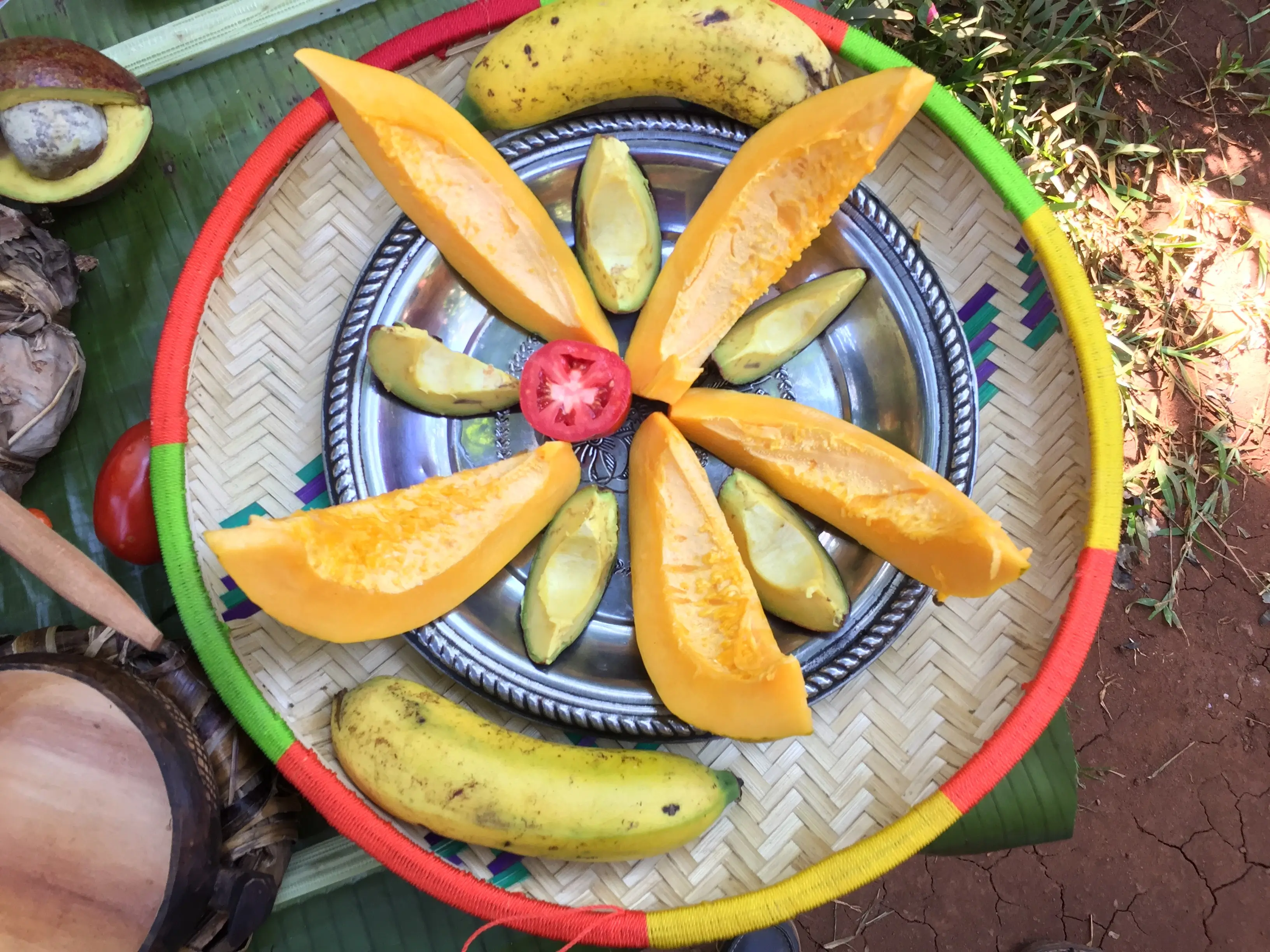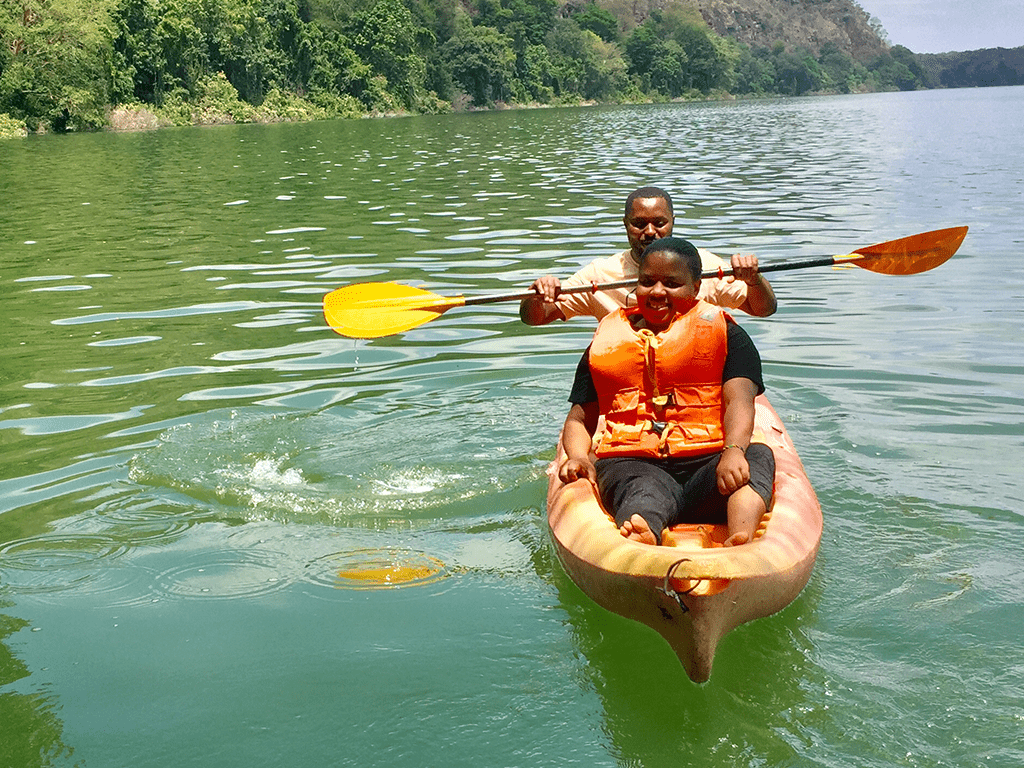Kilimanjaro National Park
Highlight
- One of the oldest National Parks in Tanzania.
- Size covered, 1,712 km2.
- Three peaks, Kibo 5,895m a.m.s.l , Mawenzi 5,149m a.m.s.l and Shira 3,962m a.m.s.l .
Description:
Summary.
The highest mountain in Africa, snow capped and world’s highest free standing volcano. It comprises two dormant volcanoes (Kibo 5,895m a.m.s.l and Mawenzi 5,149m a.m.s.l) and one extinct volcano (Shira 3,962m a.m.s.l) respectively.
Its size is 1,712Km2 and was declared as a National Park in 1973, officially opened for tourism in 1977, declared a World Heritage Site by UNESCO in 1987 and Natural Wonder of Africa in 2013. Climbing to the top which is far up into the sky it’s a lifetime experience that no one can forget.
Mount Kilimanjaro Comprises Three peaks.
Kibo Peak.
The highest peak (5,895m) on Mount Kilimanjaro, is covered by snow throughout the year despite being close to the equator. Conquering this peak is an adventure of a lifetime.
Mawenzi Peak.
Is the second highest peak which forms Mount Kilimanjaro 5,149m. It is rugged and maintain the features of glaciation
Shira peak.
With an altitude of 3,962m, is the oldest peak that collapsed and forms a Shira plateau with outstanding scenic beauty on the mountain with several kinds of migratory large mammals such as buffaloes, elephants and especially elands.
Montane Forest.
A wide band of exceptionally beautiful montane forest encircles the whole of Kilimanjaro from about 1800 –2800m. The forest zone is worth a visit even if you are not climbing to the peaks. Marangu nature trails are particular taking you through this forest belt which supports several plant species, including endemic plants like Impatiens kilimanjari.
Zonation of Vegetation
Five eco-climatic zones take you to the equivalent of a trip from the equator to the arctic in a brief tour. As one climbs Kilimanjaro, vegetation and weather changes in response to the changing elevation from montane forest, heath and moorland, alpine desert and the summit zone (arctic). The mountain peak is covered by snow all year-round
Lauwo Waterfall.
Located along Marangu route 2.8Kms provides a spectacular experience while enjoying walking inside the thick montane forest.
Maundi Crater
Located just 15 minutes walk past Mandara huts on the Marangu route the crater provides a panoramic view of Lakes Chala, Jipe and Nyumba ya Mungu, all of which derive their waters from the Majestic Kilimanjaro.
Kifinika Cultural Site.
This is a site along the Marangu route that is sacred to the local Chagga people. Historically, the site was used for cultural rituals.
Birds and Animals.
The park harbors a total number of 140 species of mammals; 7 primates, 25 carnivores, 25 antelopes, 24 species of bat and 179 bird species.






